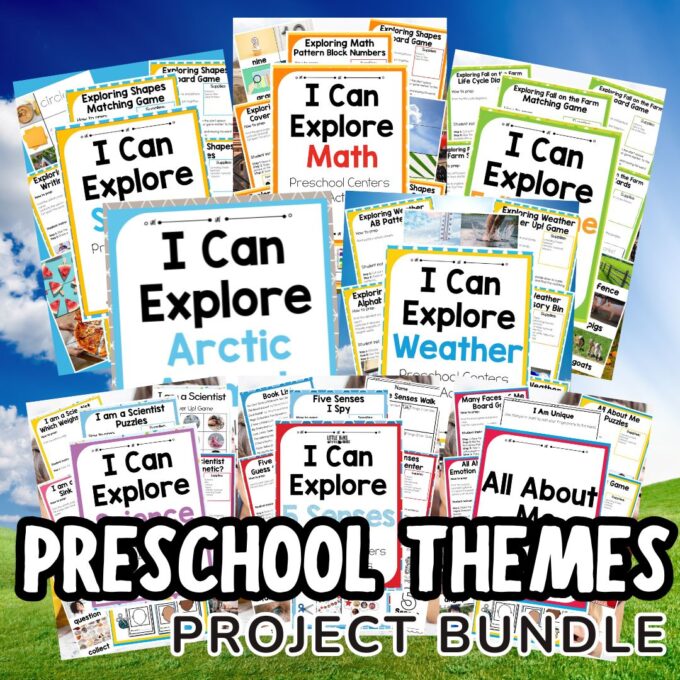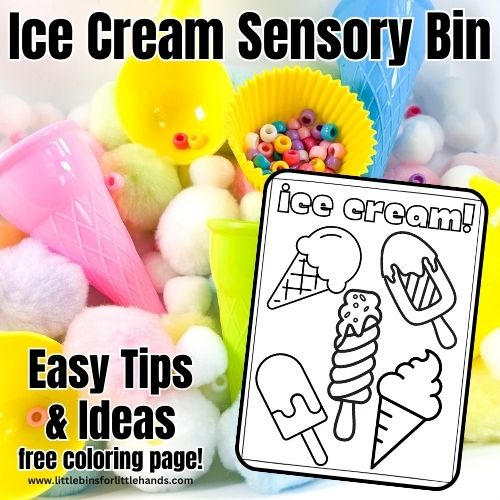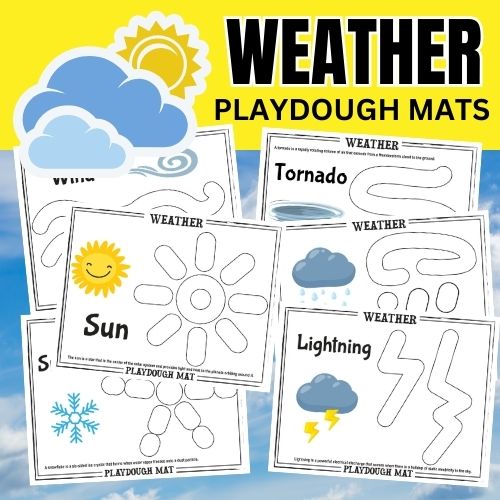Teaching preschoolers about the four seasons can be engaging and fun with these hands-on seasons activities. With a variety of simple activities and sensory experiences, make learning about the seasons enjoyable and memorable for young children. A fun way to help children grasp the concept of seasonal change and develop a greater appreciation for the world around them.

Learning About Seasons
Think of the seasons as Earth’s way of keeping life interesting. Without them, every day might seem the same! Seasons make our world more exciting – they let us enjoy things like beautiful flowers blooming, playing in the snow, and the warm colors of fall.
You see, Earth is like a spinning top as it moves around the sun, and it wobbles a bit. This wobble is what gives us seasons. So, the next time you feel the sun’s warmth or watch snowflakes falling, remember it’s all part of our amazing journey on Earth, and the seasons are like our planet’s special dance!
What Causes The Seasons?
Imagine you’re on a grand adventure, traveling around the Sun on a special spaceship called Earth. But this spaceship isn’t just moving straight ahead; it’s also spinning like a top! As you journey around the Sun, you’ll notice something truly amazing – the changing seasons.
Earth’s Tilted Axis
Earth is like a spinning top, but with a little twist – it’s not spinning straight up and down. Instead, it’s tilted just a tiny bit. Think of it as Earth leaning to the side. This tilt is called the “axis,” and it is Earth’s tilted axis that gives us our seasons.
Picture this: You’re holding a flashlight and shining it at a ball. If you point the light straight at the ball, it shines right in the middle. But what if you tilt the flashlight? The light now hits the ball at an angle. This is a lot like how the Sun’s light hits Earth.
How The Seasons Change
As Earth orbits the Sun, the tilt of its axis causes different parts of our planet to receive varying amounts of sunlight throughout the year. This creates the seasons – spring, summer, autumn or fall, and winter.
What Are The Four Seasons?
The four seasons are:
Spring
Imagine you’re on the part of Earth that’s leaning towards the Sun. The sunlight hits you more directly, and it starts to get warmer. Plants wake up from their winter sleep, and flowers bloom. This is springtime when everything comes to life!
Summer
As Earth continues its journey around the Sun, the tilt makes the sunlight hit you even more directly. It’s like getting a cozy, warm hug from the Sun. This is when it’s summertime – the days are longer, and it’s a perfect time for swimming, playing outside, and enjoying ice cream.
Autumn (Fall)
Your spaceship Earth has moved slightly in orbit. The sunlight still reaches you, but not as directly as before. This causes the weather to start getting cooler. Trees start changing colors, shedding their leaves like a cozy blanket. This season is called autumn or fall.
Winter
As Earth continues its journey, the tilt means the sunlight reaches you at a much slanty angle. It’s like a gentle touch from the Sun, not too warm anymore. This is wintertime – the days are shorter, and it’s a time for snow, building snowmen, and snuggling up by the fire to stay warm.
Do All Parts Of The World Have Four Seasons?
There’s a special line around Earth’s middle called the equator. This line gets nearly the same amount of sunlight all year round because it’s right in the middle, not leaning away or towards the Sun.
That’s why places near the equator have fairly consistent warm temperatures throughout the year and don’t experience dramatic changes in seasons like those closer to the poles.
Solstices and Equinoxes: Special Moments
Earth’s journey around the Sun creates four special days called solstices and equinoxes. These are like the Earth’s birthday presents from the Sun.
1. Summer Solstice
This happens around June 21st. It’s the day when the North Pole is leaning the most towards the Sun. It’s the longest day of the year in the northern hemisphere and marks the start of summer.
Check out these fun summer solstice activities!
2. Winter Solstice
Around December 21st, it’s the opposite. The North Pole leans farthest away from the Sun, making it the shortest day of the year in the northern hemisphere and the start of winter.
Check out these fun things to do to celebrate winter solstice!
3. Spring Equinox
Around March 21st, Earth’s tilt doesn’t lean towards or away from the Sun. Day and night are nearly the same length everywhere. This marks the start of spring.
4. Autumn Equinox
Around September 21st, day and night are almost equal in length everywhere. This signals the beginning of fall.

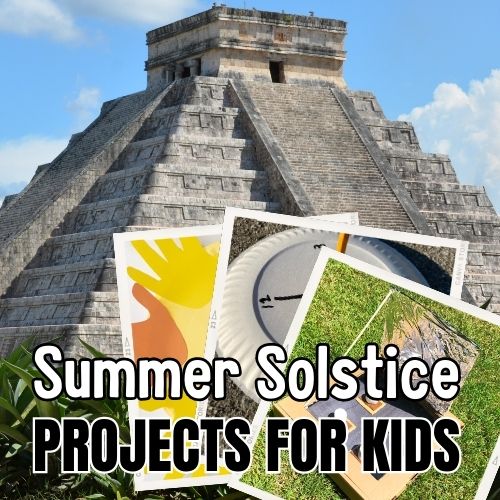
Books About The Seasons
These books about the four seasons provide engaging stories to help young children understand the cyclical nature of the year and appreciate how each season is different.
“When Spring Comes” by Kevin Henkes and Laura Dronzek: This beautifully illustrated book explores the anticipation and arrival of spring, with simple text and vibrant imagery.
“Bear Wants More” by Karma Wilson and Jane Chapman: Follow Bear as he awakens from hibernation and experiences the wonders of spring, including food and friends.
“Mouse’s First Spring” by Lauren Thompson and Buket Erdogan: In this book, Mouse explores the sights and sounds of spring for the very first time, making it relatable for kindergarten students.
“Summer” by Alice Low: This book is part of a series that covers all four seasons. In “Summer,” children will learn about warm weather, outdoor activities, and summer holidays.
“Autumn Leaves” by Ken Robbins: Explore the changing colors of autumn leaves and the transition from summer to fall in this engaging picture book.
“We’re All Wonders” by R.J. Palacio: While not explicitly about the seasons, this book teaches the value of embracing and appreciating the differences in the world, including the changes in seasons.
“Winter Is Here” by Kevin Henkes and Laura Dronzek: The same author-illustrator duo as “When Spring Comes” takes young readers through the arrival of winter, the beauty of snow, and winter activities.
“Four Friends in Summer” by Tomie dePaola: This book follows four animal friends as they enjoy their summer adventures together, from swimming to camping.
“The Itsy Bitsy Snowman” by Jeffrey Burton: This playful and rhyming book combines the popular “Itsy Bitsy Spider” with winter fun, making it suitable for young readers.
“In the Middle of Fall” by Kevin Henkes and Laura Dronzek: Another book by this talented duo, this one focuses on the signs of autumn and the changing colors of leaves.
Seasons Worksheets
Download the free printable four seasons worksheet pack here.
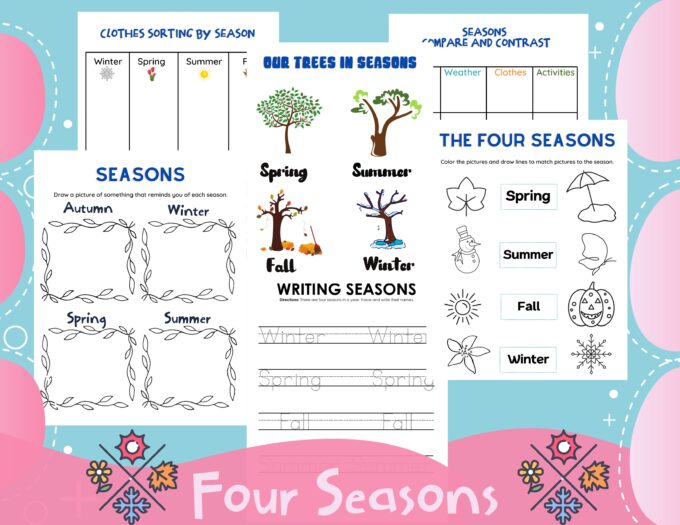
Seasons Activities For Preschoolers
Here are some easy ways to teach young kids about the seasons. These activities can be adapted and combined with our printable worksheets above to create a comprehensive learning experience about the four seasons.
Season Sorting Activity
Create four bins, each representing a season, and fill them with items associated with that season. For example, use fake snow, leaves, flowers, and small plastic suns. Have the kids sort these items into the appropriate bins while discussing each season’s characteristics.
Seasonal Clothing Dress-Up
Set up a dress-up station with clothing and accessories suitable for each season. Let the children dress up in clothing that corresponds to the current season while discussing why we wear certain clothes in different weather conditions.
Seasonal Nature Walks
Take the children on nature walks in your local area and encourage them to observe the changes in nature and weather throughout the year. Ask them to collect items like fallen leaves or flowers in the spring.


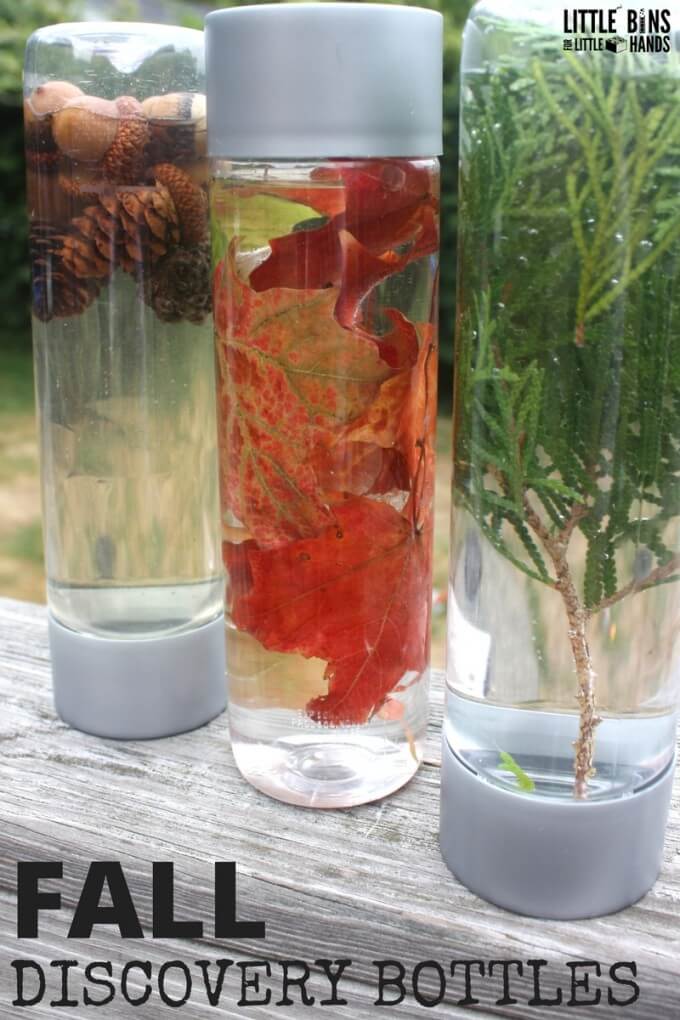
Seasonal Art Projects
Engage in art and craft projects related to each season. Create winter snowflakes, spring flower collages, summer sun catchers, and fall leaf prints. This not only allows for creativity but also reinforces the visual cues of each season.
Seasonal Sensory Bins
Create sensory bins for each season with materials that represent that time of year. For example, use sand and shells for summer, dried leaves for fall, cotton balls for winter, and grass or silk flowers for spring. Let the kids explore and play while discussing the textures and sensory experiences of each season.
For example…
- Make a pumpkin sensory bin for fall
- Make a snowflake sensory bin for winter
- Make an ice cream sensory bin for summer
- Make a garden sensory bin for spring
- Make a weather sensory bin
Check out all our sensory bin ideas here!
Seasonal Science Activities
Explore simple science concepts with hands-on and easy to set up science activities that represent each time of the year. For example, set up science activities with snow in winter, grow flowers in spring, take the science outdoors in summer and learn about why leaves change color in the fall.
- Spring Science Activities
- Summer Science Activities
- Fall Science Activities
- Winter Science Activities
Seasonal Songs and Rhymes
Teach kids songs and rhymes about the seasons. For example, sing songs about snow in winter, flowers in spring, or the sun in summer. Incorporate movements or hand actions to make it more interactive.
Seasonal Books and Stories
Read age-appropriate books and stories that revolve around the four seasons. Discuss the characteristics of each season as you go through the books, and ask the children questions to gauge their understanding. Check out our list of books about seasons above.
Calendar and Weather Chart
Create a simple calendar and weather chart where children can mark the season, day, and weather each day. This activity helps them understand the cycle of seasons and how the weather changes with each season.
Suggestion: Use homemade playdough with our printable playdough weather mats and weather sensory bin to explore the seasons.
More Fun Preschool Activities
- Preschool Art Projects
- Preschool Science Experiments
- Preschool Math Activities
- Weather Activities
- Preschool Book Activities
- Dinosaur Activities
- Plant Activities
- 5 Senses Activities
- Playdough Activities
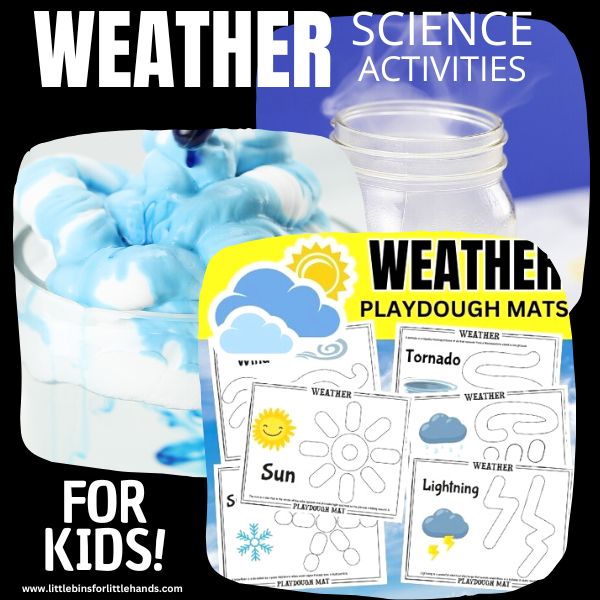
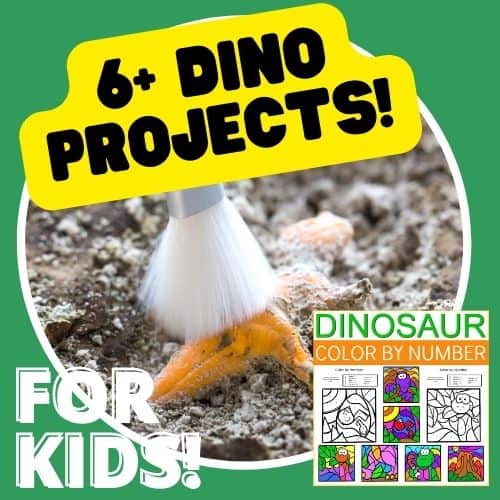
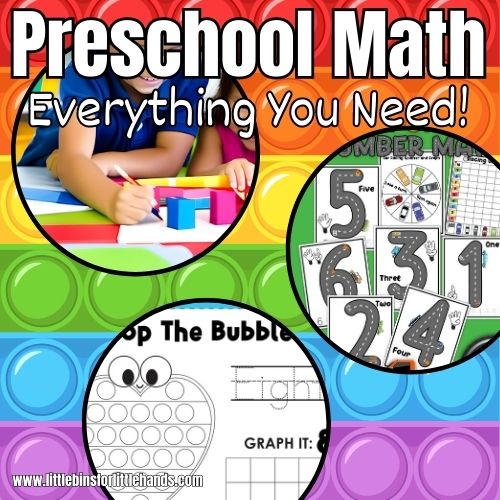
Printable Preschool Pack
Get ready to explore this year with our growing Preschool STEM Bundle! Or grab the individual pack that is more relevant for you!
What’s Included:
This is an ” I can explore” series that includes science, all about me, the five senses, force and motion, fall themes, fall on the farm, math, weather, and more!
Each unit contains approximately 15 activities, with instructions and templates as needed. Hands-on activities are provided to keep it fun and exciting. This includes sensory bins, experiments, games, and more! Easy supplies keep it low cost and book suggestions add to the learning time.
